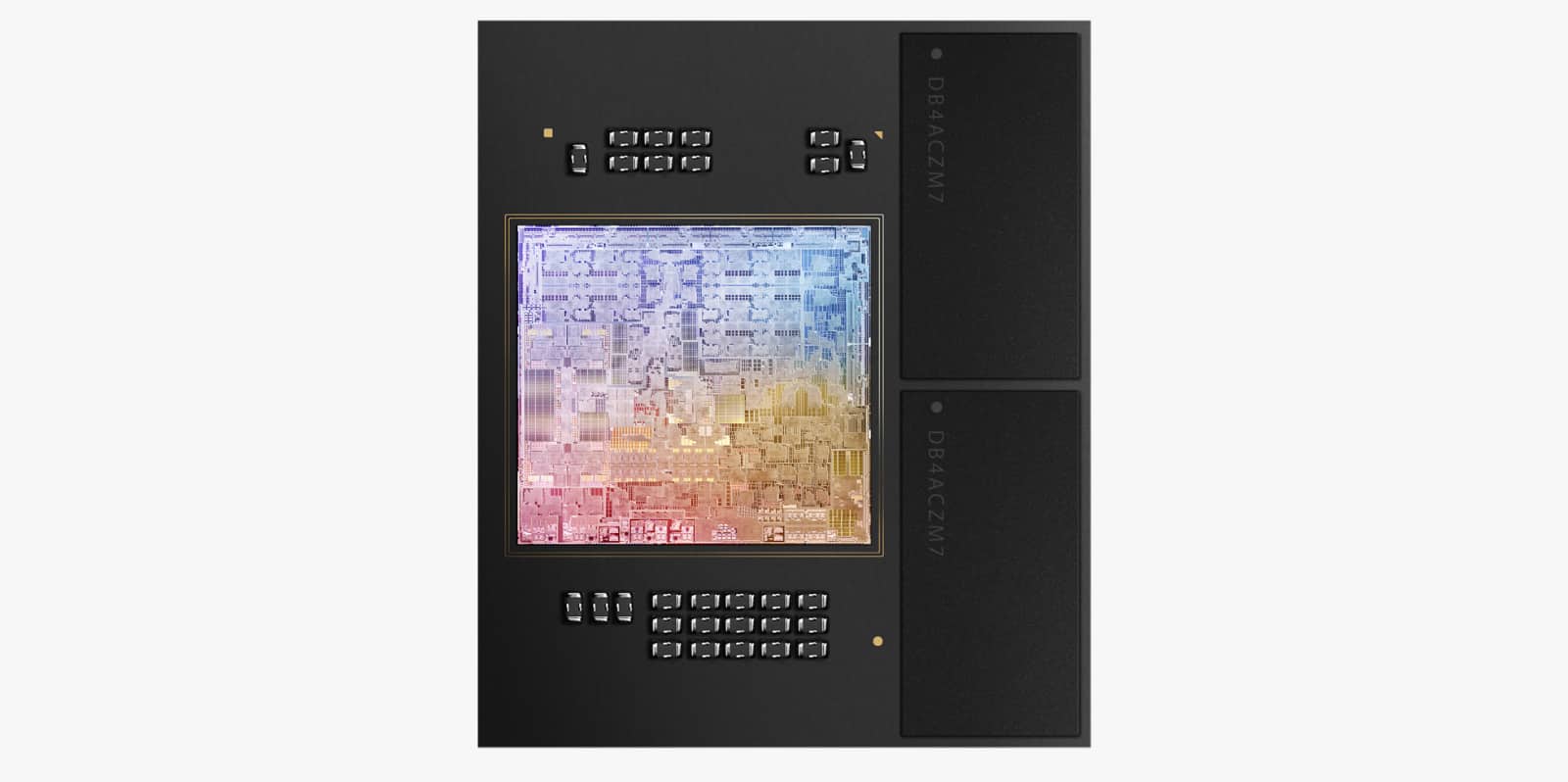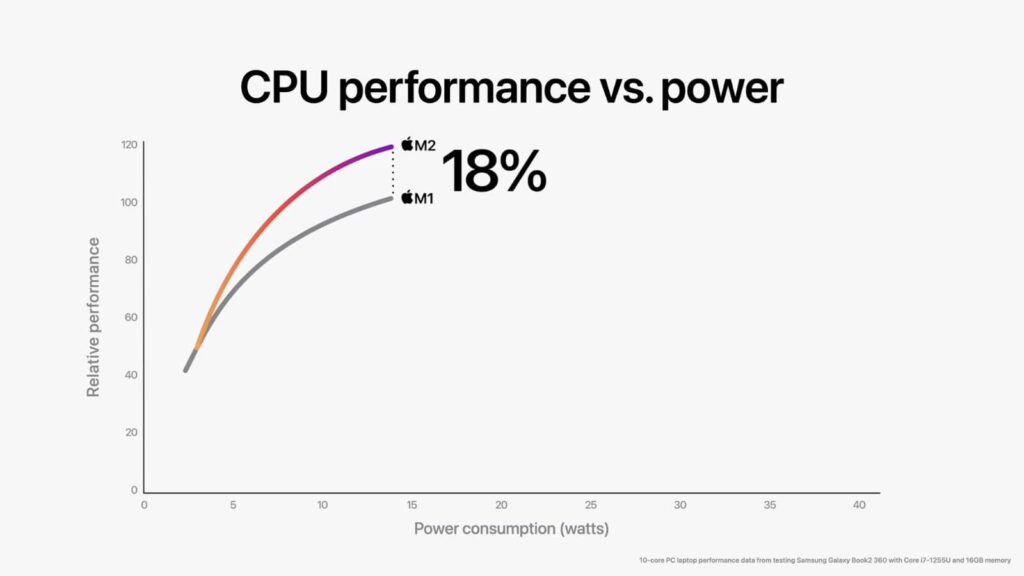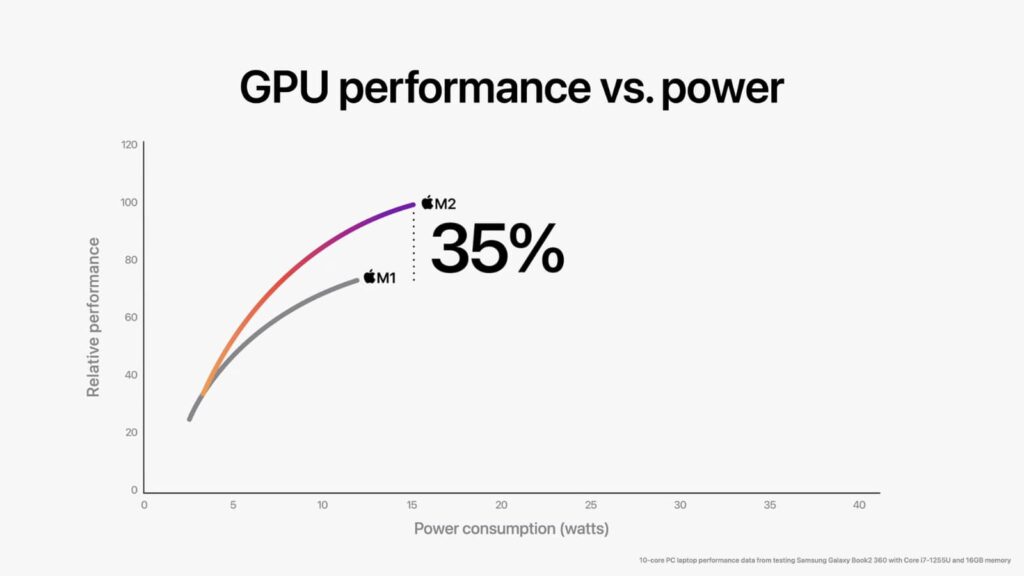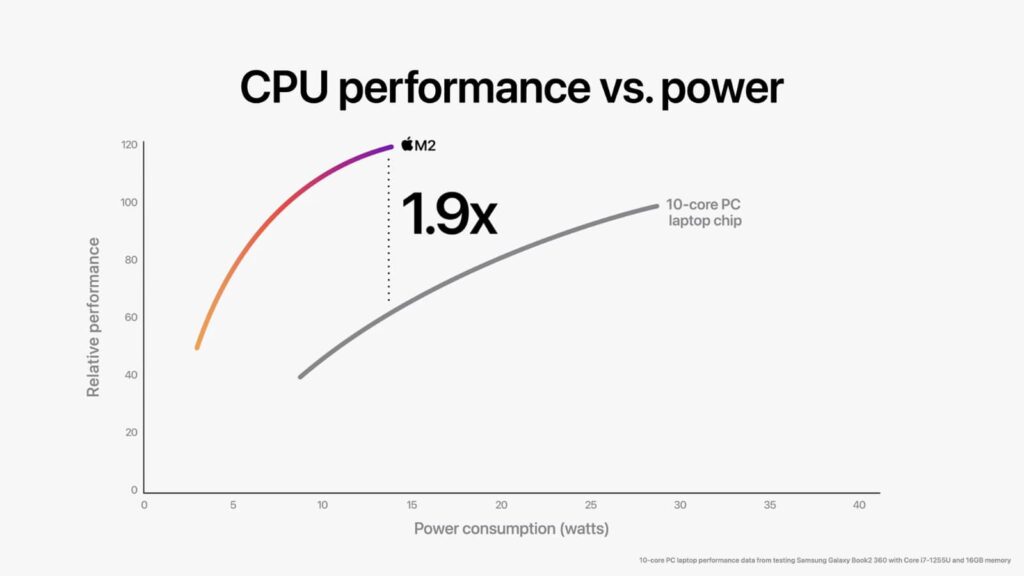Almost two years on from the announcement of Apple’s return to chipmaking, there’s yet another new chip, and with it, more reason for Intel and AMD to push even more.
It’s the start of Apple’s Worldwide Developer’s Conference this week, WWDC, and while we had hoped to finally see evidence of the long-rumoured Apple search engine as a competitor for Google, that hasn’t quite come to fruition yet.
However, something else did, and it is new: an update to Apple’s Silicon line.
You might remember that Apple returned to its chipmaking ambitions almost a good two years ago as the COVID pandemic hit for its first year, and what an announcement it was: new chips that delivered impressive power without excessive power requirements.
We saw them in the M1 update of the MacBook Air and the M1 MacBook Pro 13, and the technology has gone on to exist in pretty much every other currently available Mac, save for the Mac Pro, which has received a kind of upgrade in the M1-based (but also more powerful) Mac Studio.
But the M1 isn’t the end of Apple Silicon, and may as well be just the beginning, with a new chip on the way this year for new computers coming in the M2.
Yep, it’s a numbered release, but it’ll just be “M2” for the moment, with no Pro, Max, or Ultra right now, as the high-end Mac chips still do pretty well, though you can probably guess what’s coming there.
For now, the M2 is the starting point for the next generation of Apple Silicon, and it is apparently even faster than its predecessor, sporting 18 percent more speed, 35 percent more graphical power, and a machine-learning improvement of up to 40 percent more speed for its Neural Engine, with more memory support, too, boosting from 16GB max to 24GB.
The Apple M2 is a slightly bigger chip compared to its M1 predecessor, thanks to having more transistors, while the memory bandwidth has been boosted, as well. Meanwhile, the graphics component of the M2 apparently features up to two more GPU cores, helping that graphical performance, though it is dependent on the version you buy.
What does this mean for you? Depending on the laptop you find it in, more power from the one design, which will almost definitely be sent to Apple’s less “pro” line of computers, like the MacBook Air, the Mac Mini, and the only recently updated iMac.
In fact, compared to Windows PCs, Apple is talking up similar performance in its M2 to what you might find in a 10-core PC laptop, but with much less power consumption, both in processor and graphics. Granted, Apple computers are less relied on for games, so the latter mightn’t be quite the fair comparison, but it may mean Steam and other games platforms become even better on new Macs.










